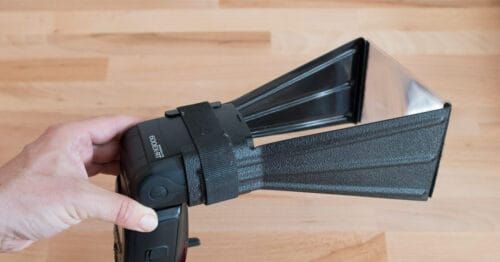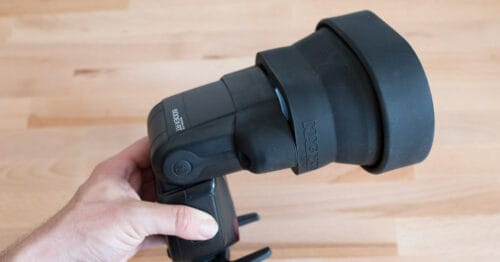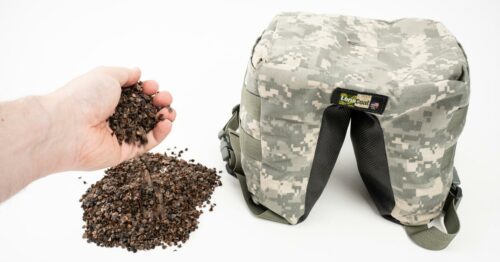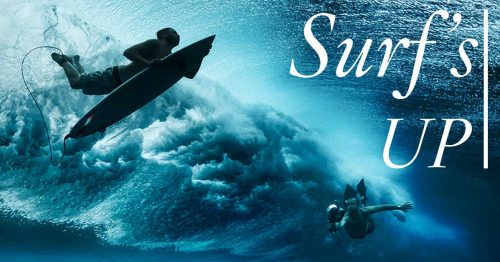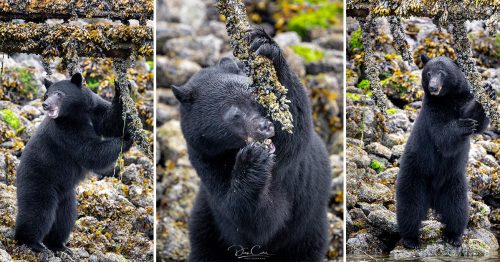Howdy folks! It’s been a while, but I’m thankful for the positive feedback to the first few interviews in this series earlier in the year, and really excited to keep things rolling.
My next guest is Toronto-based conservation photographer Neil Ever Osborne. I was lucky to meet Neil on an expedition into the Arctic National Wildlife Refuge in 2018, and after all the blisters and discussions we had over 13 days on the tundra, I knew he would make an excellent guest for you to meet.
He’s a National Geographic Explorer, and fellow of the International League of Conservation Photographers, Explorer’s Club, and Royal Canadian Geographical Society. He’s also co-founder and partner of the communications agency Evermaven.
Our conversation explores what motivates Neil, how he got his start in photography, and how he’s using photography to advocate for people and planet.
——
MJ: Thanks so much for taking the time for this, Neil.
NEO: No problem, thanks for thinking of me.
MJ: For people who may not be familiar with you and your work, how would you describe yourself and the type of work you do with your photography?
NEO: Where did this all begin? In 2006, I went to Costa Rica as a biologist and ended up making an image of a turtle with its head resting on a plastic bottle. That ended up being a defining image, in that it allowed me to appreciate the potential of making a story-telling image. So, I went down there as a biologist and came back as a photographer, realizing the power of photography as a tool for conservation.
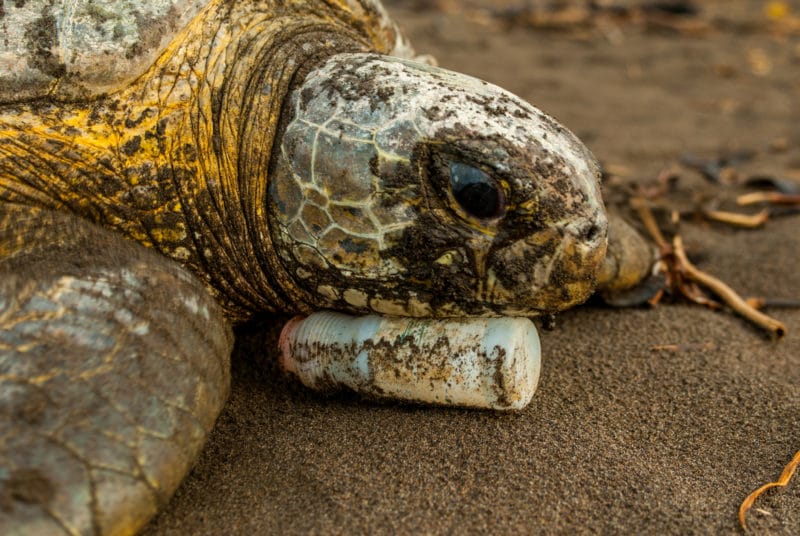
MJ: So you were a biologist first?
NEO:: Yeah. I sometimes describe myself as a failed biologist. I initially wanted to work with animals as a veterinarian, as a biologist. After picking up a camera, I appreciated how much more opportunities there were going to be for me to communicate with people via images rather than science. I will always recognize the importance of science, but am always looking for ways to package that science in new and compelling ways using visual storytelling.
MJ: So in this highly visual era, you feel that photographs can really have more impact than science?
NEO: I think we’re all so aware of how difficult it is to communicate science, so I really saw a range of doors start to open when I used photography as a conversation starter rather than scientific facts and figures.
The dichotomies of left brain vs right brain, art vs science, emotions vs facts. I’m constantly thinking about those, and how they can work together in harmony – but also when it’s more appropriate to use one versus the other.
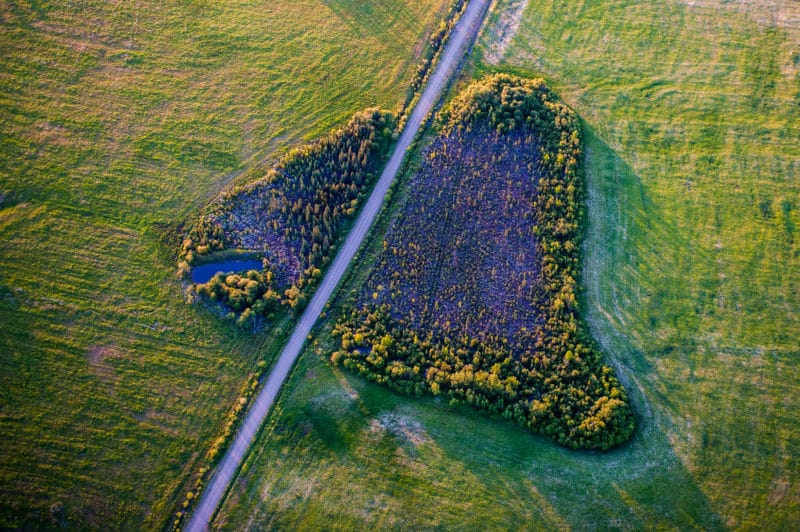
MJ: For aspiring professional photographers who see what you’re doing with your images, how did you manage to make that leap to actually paying your bills by telling these conservation stories with your images?
NEO: One thing that’s key is mentorship. Finding someone who will take you under their wings and show you the ropes. You’ll get access to things that you wouldn’t otherwise.
Find someone with a really special story, and tell their story. Tell it in as many ways as you can until it gets noticed. I reached out to a marine biologist named Wallace J. Nichols that was really interested in sea turtles, and followed him around the world for two years. Along the way, there have been various stepping stones for me, but those are two things that really accelerated my development.
While I was working on my Masters in visual communication, I had to do an internship or an applied project of some sort. I wrote to National Geographic legend Frans Lanting for almost a year. Handwritten notes, emails, calls. And I just called and called until he said ok. I went for a three-month internship with him, and that turned into almost three years of my life. So pursuing mentorship was definitely a huge part of my story.
MJ: Those are some really helpful examples. Is there anything else you think people should have in their toolkit – besides gear – to equip themselves for success?
NEO: For sure. It’s great to use the techniques I just mentioned to help open doors, but once the door opens, you really have to have a mentality of just grinding it out. No matter what genre of photography you’re in, you need to work at networking, client relations and so on.
Ultimately, getting started in this business is all about what wakes you up in the morning. The other day, I woke up early and was trying to sleep in – but I was excited to get to my desk and send some emails. I wake up feeling I have a responsibility, to be honest, so that’s why I do what I do.
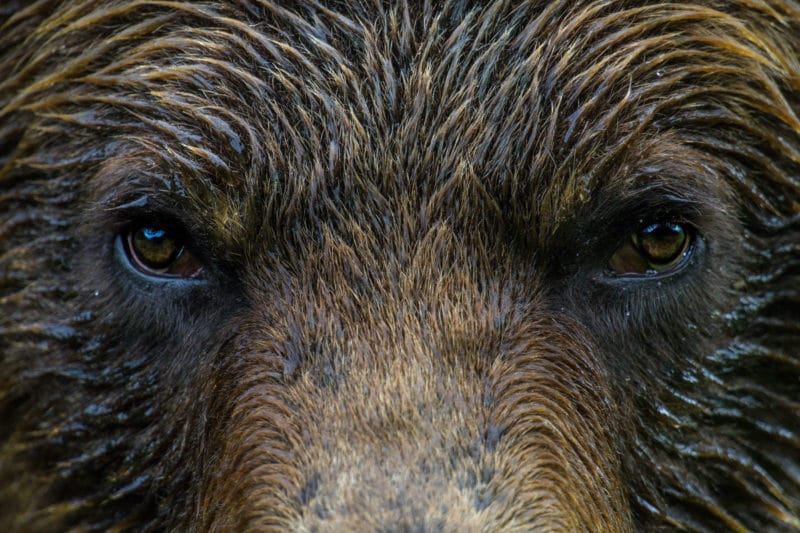
MJ: Could you dig a bit more about what you mean by ‘responsibility’?
NEO: Both Frans Lanting and Ami Vitale have told me this sort of work is an addiction, and I never really understood what they meant until I finally became addicted myself. I’m absolutely addicted to sharing an idea or exploring an issue. I’ll walk through walls and climb mountains now to realize the project.
Maybe calling that a responsibility is the altruistic way to look at it, but it’s really just an addiction. It’s just what I feel compelled to do. I’m quite fortunate to have found that.
MJ: Going back to those sea turtles in Costa Rica, can you talk about how you pick a focus for a story? Is it always the species, or community, people?
NEO: The focus originally was to get up close and personal with a charismatic animal. You can track the projects I’ve done over time, and that’s how it started. Then I wanted to put that animal in context or some sort of habitat. Now over the last three to five years, I’ve shifted again and really made people the focus of my work. Now it’s about this connection between humanity and nature. If I ever have a signature look to my portfolio, I hope it’s this juxtaposition of people and planet.
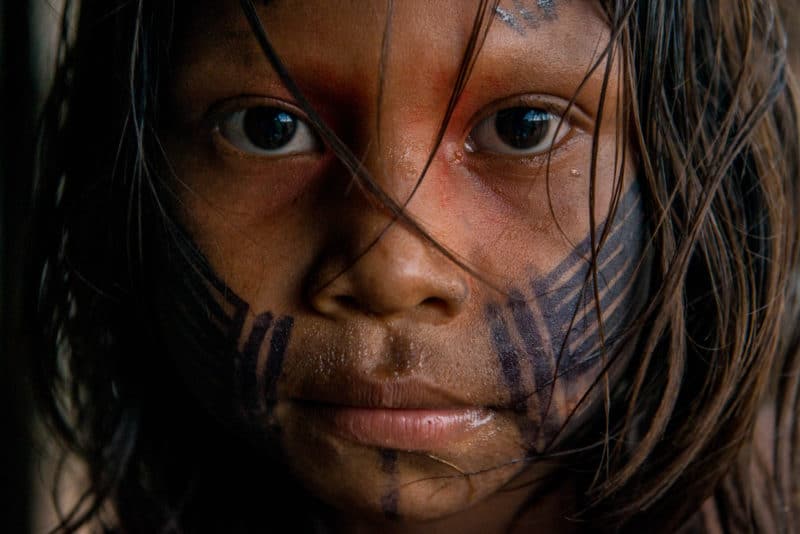
MJ: You and I met on an expedition in the Arctic National Wildlife Refuge last year, and I know that trip was part of a what’s become a bigger project for you. Can you tell us about that and what you’re doing with your images?
NEO: I was in Washington, DC visiting with the International League of Conservation Photographers and ran into Yukon-based photographer Peter Mather who talked to me about the Refuge and the Porcupine Caribou herd. We had a handshake, and that was the beginning of what turned into a fairly big project with The Wilderness Society and the “We Are Abel” film.
MJ: That project sounds like it connects species, places and people.
NEO: In a simplistic sense, “We Are Abel” is a short film about empathy, and what it means to be a father. It follows Jeffrey Peter, a Gwich’in First Nation man from Old Crow in the Yukon and his newborn son, Abel. It’s a tale about their home, their connection to place, and their way of life.
When I first started talking with The Wilderness Society about making the film, I pitched making the film less about the landscape and more about the human perspective. This film is Jeffrey’s experience, about being a dad, and doing what’s right for your son. You can tell so many different stories about the Refuge and the Porcupine Caribou’s calving ground, but we’re trying to do it in a way that’s relatable to everyone. We still told the story of the Refuge and the herd, but 95% of the shots are of Jeffrey and his family. It’s what we would call a character vignette.
MJ: You’ve also just launched a photo exhibit called “Home”. Does that tie into what you did with We Are Abel, or where did the idea for that project come from?
NEO: A couple years back, I was watching a Sumatran orangutan build its nest up in the trees. I found myself thinking about making my own bed, and how it’s easy to make your bed if you have a home. The orangutan’s home was shrinking and it was going to become increasingly difficult to make their own bed, so to speak. That’s where the idea came from.
Each of the projects I do now try to tie in this concept of ‘home’. We Are Abel tied into that. It’s the nucleus of the work I’m trying to do. It’s about sharing narratives about why it’s important to protect our only shared home, so our sons and daughters are able to enjoy it like we did. The project celebrates wilderness and the under-appreciated benefits it has for all of us. We all need clear air, clean water, clean food.
In some ways, it trying to replace the very idea of ‘environment’ with a more relatable, accessible term. It’s a word we’re all familiar with. The way we talk about the environment is really important, and making that shift can help us view issues like climate change in a different way.
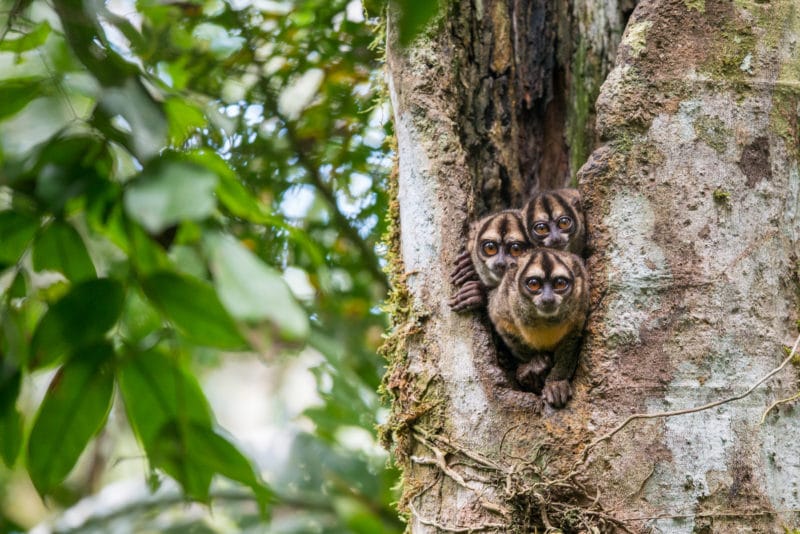
MJ: I know you’re always pushing the envelope with photography, combined with other visual media elements. Does home continue to do that?
NEO: For sure. Home, the art project, has turned into a trans-media exploration of the link between people and planet. It started as a fine art exhibit in a gallery space, but now employs augmented content to enrich the experience while someone is looking at the print on the wall.
A few years back, Nikon had me field test their Key Mission 360. That was my first foray into a multi-dimensional story-telling space. So now we’re still using fine art prints, but someone visiting the gallery can use a mobile device like an iPad to explore behind the scenes stories – about the making of an image, facts and figures using motion graphics, or a brief journey into an indigenous community where they can learn more of the context of the still image.
MJ: That’s very cool – and sounds like the printed image really becomes a window into a whole world.
NEO: That’s what I’m trying to do. The universal power of the still image will persist, but people are demanding more now. We have to be more emotive and strategic with how we bring people into our stories. This sort of trans-media landscape provides different access points into the story.
MJ: Through all of these stories and different ways of communicating conservation issues, what’s the ultimate impact you hope you have with your audience, now or five, ten years from now?
NEO: Hmm… that’s a profound question. The older I get, the more I try to simplify what I’ll leave behind. In addition to the international work I do, I’m trying to do more locally to take care of the spaces here in southern Ontario. But wherever the story is, I think the most important thing is what happens with the images afterward, when you return from the field. I’ve had conversations with people like Christina Mittermeyer, about what gets done with an image once you have it on your hard drive. It’s less about photography, and more about what we can do to move the needle on conservation issues. It’s fun to think about assembling the right team to make that happen.
When I’m 101 years old, if my work has played a small role in protecting our only shared home, then I’ll have felt like I contributed in some way.
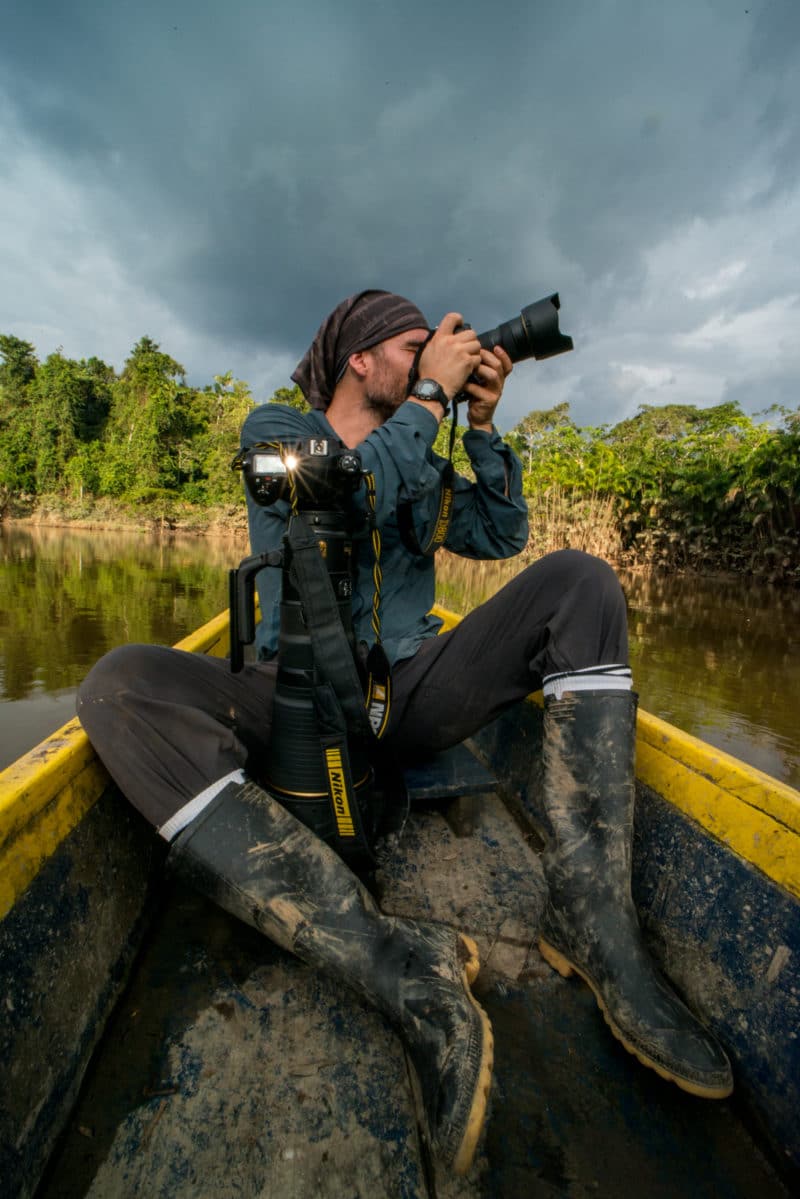
MJ: So what’s next for you? Is there a species or story you’re focused on telling next?
NEO: Well you’ve caught me at an interesting time in my career. I’ve been ‘secretly’ working on my Ph.D and am currently taking a little break from field assignments to finish up my dissertation. That work is trying to quantify why visual storytelling is so important and effective for environmental organizations. I’m really excited about what that data might tell us. It’s been fun to read up on psychologists, cognitive scientists, neuro-linguists and even some of the old philosophers who knew all of this stuff a long time before we did.
MJ: Wow that’s pretty cool. I think a lot of photographers think or believe that their images can have an impact, and you’re uncovering the proof that that idea is true.
NEO: I read just the other day that as little as 1.5% of our scholarly research on climate change is focused on how we visually communicate it. There’s a lot done on how we think about it, write about it, talk about it. To put it bluntly, I think we need to talk and think about climate in more effective ways, particularly in more visual ways. I’m hoping my work will help with that.
MJ: Final question, but if you suddenly had access to a time machine, is there anything you’d go back and do differently?
NEO: I was training with the Canadian national soccer team years ago, and if I had a chance, I might take my soccer career a bit more seriously before picking up a camera.
But really, the answer is no regrets. I’m quite fortunate and think I would just ‘rinse and repeat’ with the path I took.




